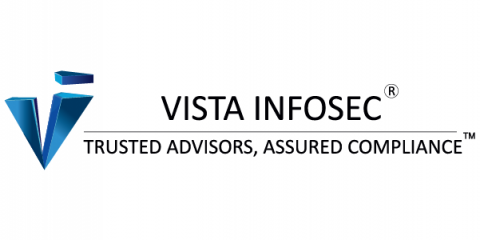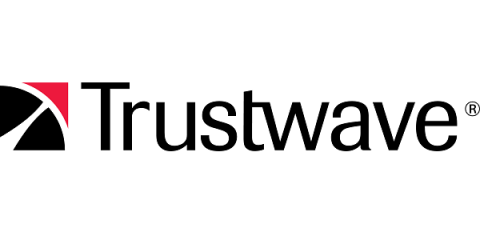The Complete System Hardening Guide
System hardening involves identifying and addressing security vulnerabilities across hardware, firmware, software, applications, passwords, and processes. Compatibility allows most applications to work smoothly, but securing a system requires additional steps known as system hardening best practices, which are crucial for protection against advanced threats. Microsoft emphasizes server security and provides comprehensive hardening techniques and best practices tailored to various platforms.











